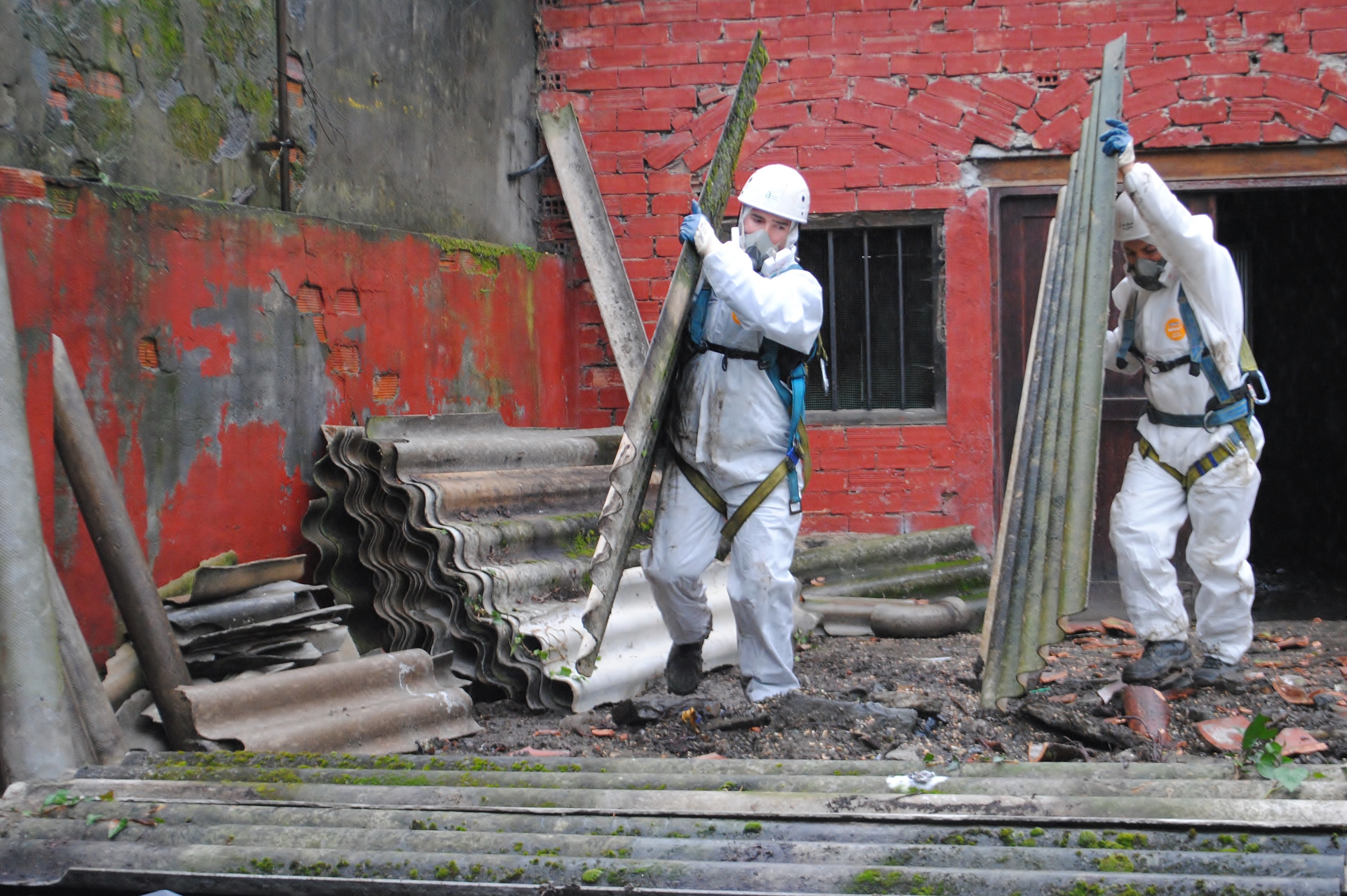On 1st October, the HSE launched its latest inspection initiative, focusing on the construction industry. This initiative sees the HSE conducting unscheduled inspections with the emphasis on protecting workers from long-term health complications, like occupational lung disease. These types of disease, which typically result from exposure to asbestos, silica, wood or other dust, are known as ‘Slow Killers’ and are the focus of the HSE’s #DustBuster campaign to protect construction workers’ lungs.
The HSE recently explained that, whilst the impact of this type of substance is not as immediately evident as that of safety errors, a failure to safeguard workers’ health and protect against slow killers could lead to serious complications later in life. The HSE estimates that there are a staggering 8,000 work-related cancer deaths every year, 3,500 of which stem from the construction industry, with asbestos and dust exposure the primary causes of these deaths.
Construction owners can expect HSE inspectors to assess workers’ understanding of safety, ensuring that they are aware of:
- The specific risks of working with hazardous substances. From awareness of different forms that these substances can take (solid, liquid, gas, vapour and even via micro-organisms), to the various exposure routes (skin, lungs, mouth and other airways) and the potential effects on health.
- How the organisation plans to mitigate the potential risks. Workers and business owners should know the organisation’s plan for handling industry-specific health risks related to asbestos and dust exposure. From planning a mitigation strategy to identifying exposure hazards in the workplace, assessing the significance of these hazards and involving workers in the final risk management plan.
- The required procedures for preventing and controlling potential risks. Simply having a plan in place is not enough. Workers must be aware of and actively follow the required procedures to reduce asbestos and dust exposure risks.
In handling asbestos and dust exposure risks in the workplace, business owners should consider the following guidelines:
- Use work methods, equipment and materials that decrease the chance of exposure. This includes replacing harmful substances with safer materials when possible, using proper tools and providing personal protection, such as respiratory protective equipment.
- Regularly rotate workers who perform tasks with a risk of exposure and limit the number of people working near that area.
- Train workers in the proper procedures that reduce exposure and ensure they know what to do if something goes wrong.
- Always conduct an asbestos survey before starting work, if you know or presume your worksite contains asbestos.
The HSE warns that if poor standards are found, organisations will suffer enforcement action and significant fines.
Whilst this action by the HSE makes sense and the statistics on cancer deaths speak for themselves, many construction owners and site managers may struggle to implement these health and safety recommendations through a lack of time, knowledge or understanding.
Health & Safety advisors in Sussex and part of the Bennett Christmas Group, BC Risk Management, are experts in the Health & Safety regulations, and can provide hands-on support, advice and guidance on all types of construction safety, including this new area. Email Anthony or speak to him and the BC Risk Management team on 01444 228 156.

